|
In
order to fully understand the field of original comic art it is beneficial
and necessary to understand the creative process behind its production
and the associated terminology .
Illustration is the art of
visual communication. Traditional illustrators aspire to tell their
stories in personal and unique ways. Through illustration they satisfy
these two imperatives by using their personal voices and medium choices.
Illustration art can be varied.
It can take on the form of beautiful oil paintings for magazine covers,
book covers, movie posters, pulp magazines, interiors, advertisements,
editorial illustration, animation, cartooning, toy design, children’s
book illustration, fine art, graphic design, textile, surface design and
a myriad of other purposes.
|
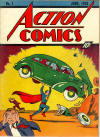
Comic Publication
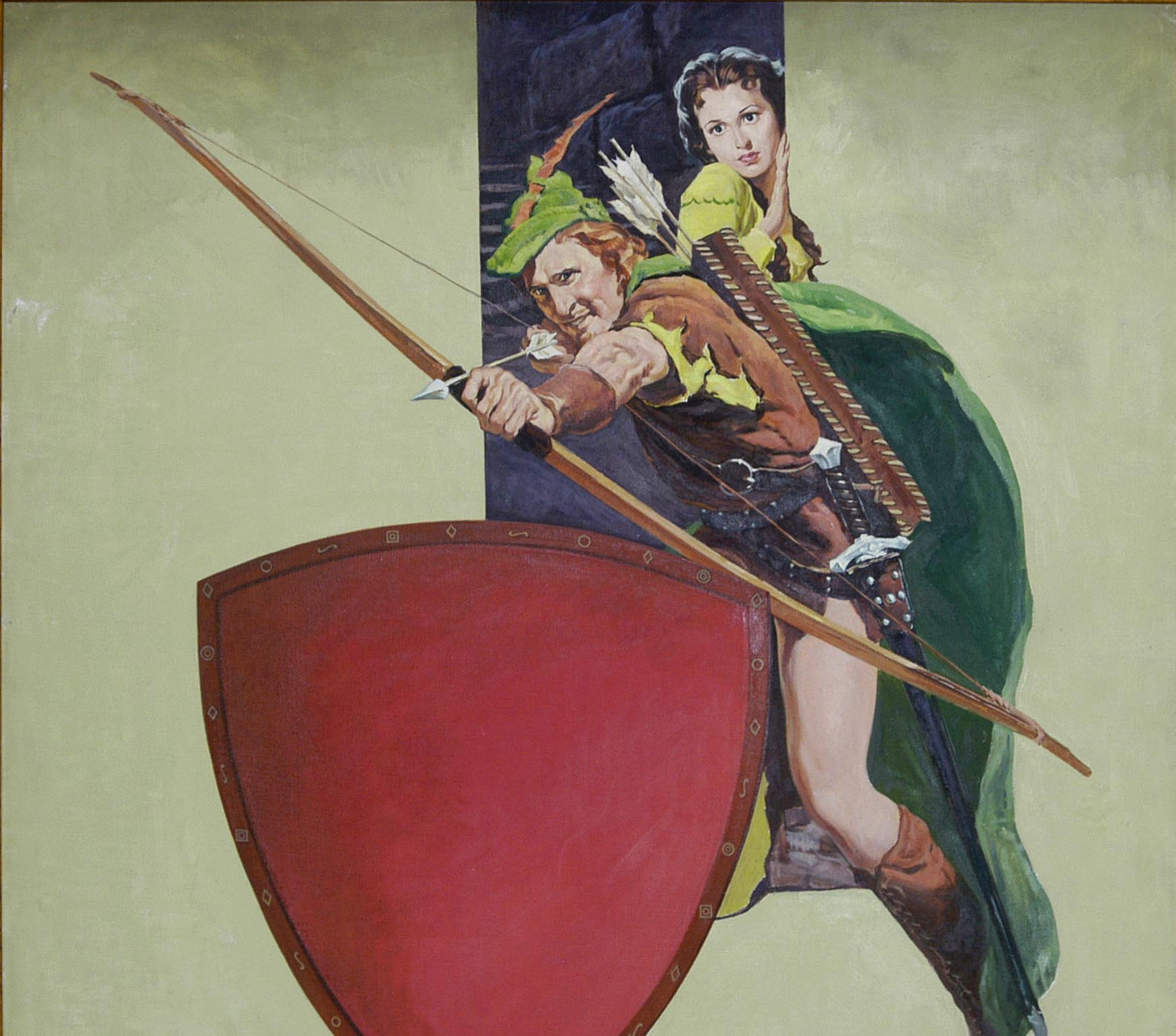
Movie Poster illustration
|
Publications containing art rendered
by an artist (as opposed to a photograph or digitally created
graphic image), utilize one of two methods in the production process
in the vast majority of cases.
Method 1: The artwork is prepared in stark black and white and
the "color" is added by the printer to the delimited (bordered)
areas on a photographic negative. The "original art" remains black
and white throughout the process. This was the method
of choice for an inexpensive publication such as a comic book and
applies to the vast majority of the publications produced since
1933.
Method 2: The artist or creator provides fully color images
to the "publisher" or printer and separations are made before the creation of printing
plates. This method is expensive as prior to today's technology
it entailed a costly photographic process. This was sometimes reserved
for covers but rarely for interiors.
|
|
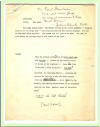
Script
|
In most cases a script or synopsis is
developed by a writer or editor. This may be as simple as a single
page document or as comprehensive as a panel by panel breakdown of
the story. A story may fill all pages of a book or be as short as
a single page. The length of a book usually varies from 22 pages to
64 pages. Graphic Novels, Annuals or King Size editions may contain
many more pages. |
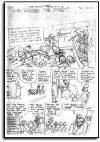
Layout |
A panel by panel breakdown of the story is
known as a layout. |
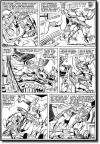
Inker |
A second artist, the inker, solidifies
and embellishes pencil lines by applying india ink with a pen
or a brush. The result is a stark, high contrast page of art. Most
inkers have a distinct, recognizable style, as such their work will
affect the appearance of the finished art. |
|
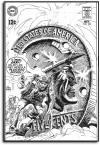
colorist
|
The art, in this case the cover of the comic
book, is now completely penciled and inked and is handed
over to the colorist. The colorist begins by making a copy of
the original art, usually reducing the copy to what
will ultimately be the finished size. |
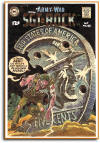
Colorist |
The colorist applies color to the copy using
a variety of mediums (most cases Dr. Martin's dyes) defining specific
areas, while keeping in mind the limitation of the final separation
process. |
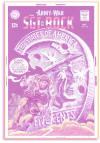
Separations and Printing Plates |
The art is "separated" into four negatives
by color: black, magenta, cyan and yellow. From each negative
a printing plate is made and mounted on a printing press. The printing
press has a minimum of four print stations. The four ink colors are
applied in a dot pattern one after the other creating the illusion
of unified color. This is the reason the printing process is known
as "Four Color Printing". |
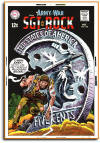
Printed Page |
The finished full color printed
product. Keep in mind that the original art remains black
and white. |
| |
|
|

